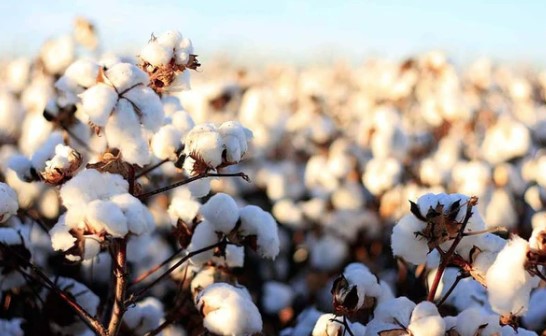
KC Sheperd, Farm Director, is visiting with the Program Operations Manager for the U.S. Cotton Trust Protocol, Tillman White, talking about how the U.S. Cotton Trust Protocol aids cotton producers in growing a sustainable cotton crop.
White said he primarily covers the supply side of the programs within the U.S. Cotton Trust Protocol.
The 2022 year, White said, was full of ups and downs for cotton growers, with some areas receiving too much rain, and some not enough. White encourages growers to look into utilizing the U.S. Cotton Trust Protocol to access data to help them improve each year.
One of the biggest benefits of the U.S. Cotton Trust Protocol, White said, is market opportunities.
“One of the biggest driving forces for the trust protocol was our end-use customer,” White said. “Our brands and retailers were looking for ways to source their fiber that checked different boxes, so they wanted to ensure that the fiber they sourced was grown sustainably, also had low labor risk, and I think the U.S. Cotton Trust Protocol provides that for our growers that join the program.”
The data aspect of the U.S. Cotton Trust Protocol is another advantage for growers who enroll, White said, because they can compare their data to others and see their environmental footprint.
“When they market their bales, those bales are going to be Trust Protocol bales,” White said. “They are going to have the data attached with each of their bales within the program.”
Aside from the sustainability aspect of the U.S. Cotton Trust Protocol, White said being good stewards of the land and continuously improving practices around the farm is another important portion.
For producers who are not enrolled in the U.S. Cotton Trust Protocol, White said they can visit the https://trustuscotton.org/ website and view the information and helpful aspects of the program.
“Then they can go to a ‘join now’ tab, select their role in the industry, which is a producer, and then they can create an account,” White said. “From there, they would be able to see all the different information and data that each of our growers go through.”


















